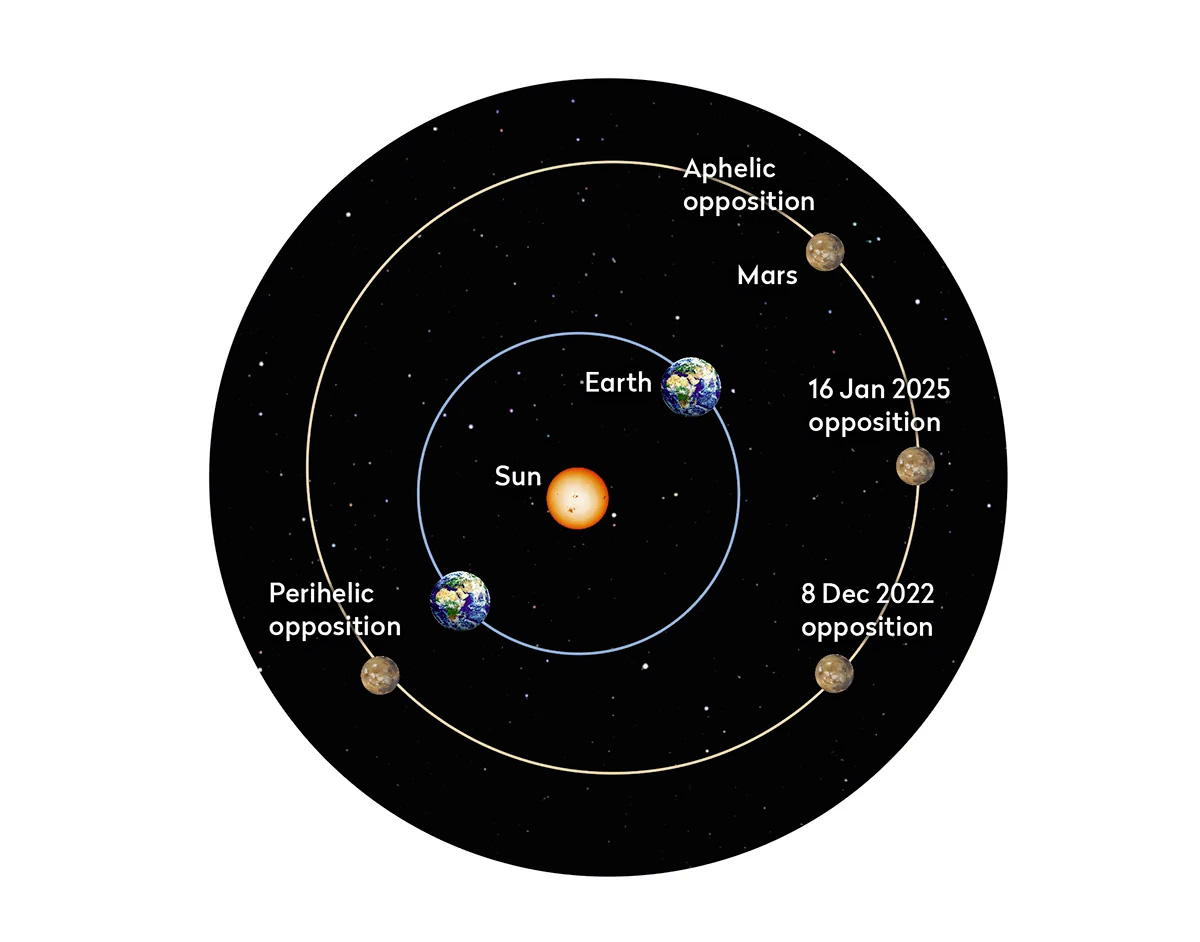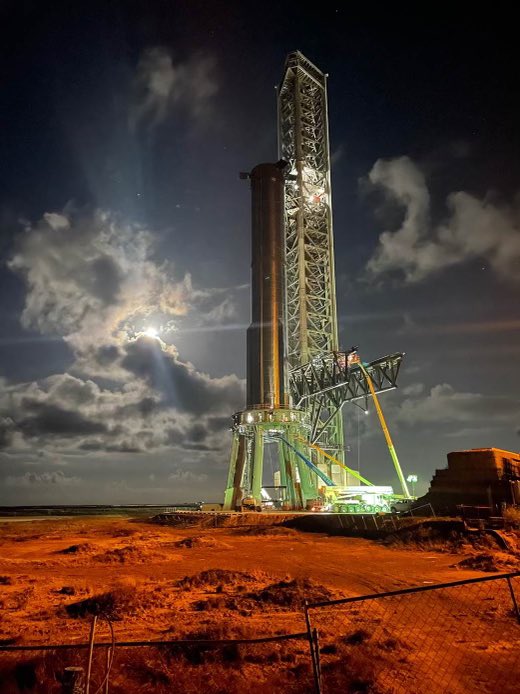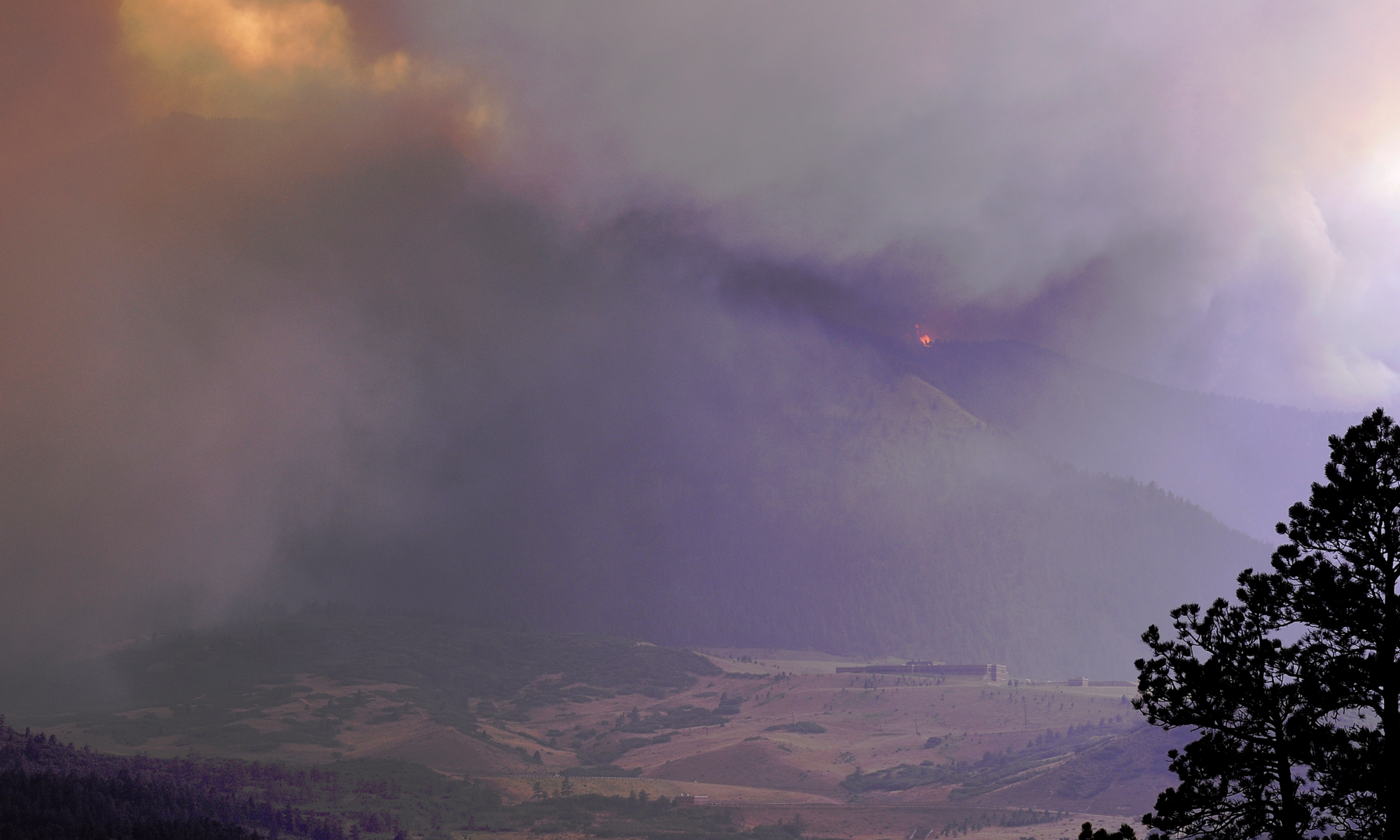My fascination with Mars has always been strong. More than 12 years ago, I shared details about the Mars Reconnaissance Orbiter and the landing of the Curiosity rover with you. During my interstellar exploration, the planet Mars stood out as one of my most remarkable discoveries. To commemorate my journey to the Red Planet, I captured my visit in the way you see below. It is only fitting, then, to share with you the marvel of Mars at opposition, an event that the inhabitants of Earth have the privilege to observe.

The celestial event known as Mars at opposition will captivate skywatchers and astronomy enthusiasts around the globe in January 2025. This phenomenon, occurring roughly every 26 months, offers a prime opportunity to observe the Red Planet at its most brilliant and closest point to Earth. Understanding the mechanics and significance of Mars at opposition provides insight into both planetary motion and the unique features of Mars itself.
This event happens when the Sun, Earth, and Mars align in a straight line, with Earth situated directly between the Sun and Mars. This alignment places Mars opposite the Sun in Earth’s sky, hence the term “opposition.” During this period, Mars rises as the Sun sets, remaining visible throughout the night. The event’s timing is particularly advantageous because it coincides with Mars being near its perihelion, the closest point in its elliptical orbit to the Sun. By contrast, aphelion is when Mars is at its farthest point. As a result, Mars appears larger and brighter than usual, making it a spectacular sight through telescopes and even to the naked eye.

Mars’ proximity will allow observers to discern details of its surface and atmosphere with remarkable clarity during this time. Through a modest telescope, features such as the planet’s polar ice caps, dark surface markings, and even dust storms may become visible. These observations not only provide an awe-inspiring experience but also contribute valuable data for planetary science. Historically, oppositions have enabled significant discoveries, such as the mapping of Mars’ surface and the observation of seasonal changes.
Mars at opposition holds special significance for understanding planetary dynamics. The event highlights the elliptical nature of planetary orbits, as Mars’ distance from Earth can vary significantly from one opposition to the next. This opposition will be relatively favorable, with Mars appearing especially prominent in the night sky. Such events also underscore the dynamic interplay of gravitational forces within our solar system.
For casual observers and seasoned astronomers alike, preparation enhances the experience of observing Mars at opposition. A clear night, minimal light pollution, and the use of telescopic equipment can reveal Mars’ rich red hue and fascinating surface details. For those without telescopes, the unaided eye still provides a view of Mars as a brilliant, steady, reddish point of light.
Mars at opposition is a reminder of the wonders of our solar system and an invitation to explore the night sky. Whether for scientific study or personal fascination, the event offers a rare chance to connect with one of Earth’s closest planetary neighbors in an extraordinary way.
While humanity has not yet achieved the ability to travel to Mars, the dream of setting foot on the Red Planet grows closer with advancements in space exploration, such as the development of reusable rockets, robotic rovers, and plans for future crewed missions. Until visionaries like Elon Musk make such journeys a reality, take every chance to observe Mars from Earth. These observations not only offer a moment of wonder but also inspire curiosity and interest in the future of space exploration, bridging the gap between dreams of interplanetary travel and our current understanding of the Red Planet.








 It has been a month since I left the Earth. I already shared with you some of my new experiences up there but if I can see wonderful things, I also realize the changes on our planet due to the ice melting, will have consequences. But not only catastrophic ones it seems.
It has been a month since I left the Earth. I already shared with you some of my new experiences up there but if I can see wonderful things, I also realize the changes on our planet due to the ice melting, will have consequences. But not only catastrophic ones it seems.